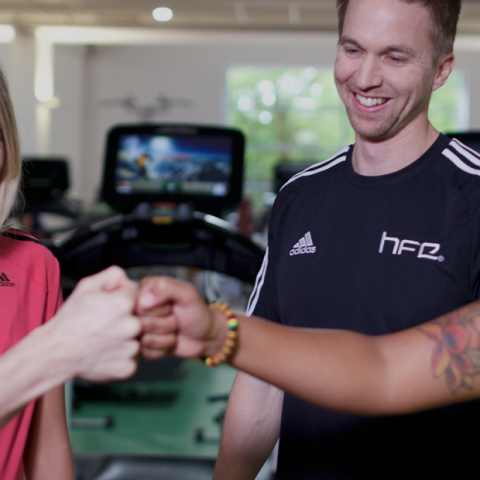Last week, ukactive published their “Generation Inactive” report, exploring inactivity in schools. What immediately followed was a flurry of new stories and heated discussions. ‘Fitness tests at primary schools’ was the most widely circulated headline, with some omitting the more nuanced content of the report. What ukactive were really calling for was better monitoring of activity levels and an expansion of how we approach exercise in schools, outside of normal PE classes. Regardless of the negativity that certain news stories created, the report succeeded in highlighting the growing problem of inactivity amongst children, and how things need to change.
The facts and figures surrounding the issue continue to mount, as does the impact on our economy and health service. It’s estimated that inactivity currently costs the NHS £20 billion a year, while WHO (World Health Organisation) say that it’s the fourth largest cause of premature death in the UK, accounting for one in every six deaths – this puts it on the same level as smoking. In order to prevent the inactive children of today becoming the sedentary adults of the future, thus putting more strain on the NHS, action has to be taken as early as possible.
Throughout the report, ukactive highlight how the schools they surveyed have struggled to meet the recommended two hours a week of PE for 5-17 year olds. It also suggests that half of 7 year olds aren’t achieving the recommended 60 minutes of daily activity. All this contributes to what Lord Sebastian Coe bluntly referred to as the ‘least active generation in history’. The report is not solely a condemnation of the current state of affairs however, it does serve to highlight the achievable benefits of increased exercise amongst children. It goes on to reference a study in which a North Carolina school purposefully raised the activity level of its pupils. 14% of children noted increased focus, 17% were found to be more alert and 8% had improved behaviour. Stats from Nike’s Designed To Move report also highlights how physically active children, who carry that behaviour into adolescence, are 15% more likely to go on to higher education, and earn 7-8% more throughout their lifetime.
Generation Inactive concludes with some recommendations for Government, headteachers and the activity sector as a whole. They called for better training, improvements in the attitudes towards PE, and better monitoring of a child’s health that goes beyond measuring BMI.
It’s clear that this is such a fervent issue, one that has already produced a plenty of debate. If you’ve not already joined the discussion on our Facebook and Twitter pages, we’d love to hear what you think. Should the government be further investing to solve the problem? How much more training do teachers need? We’re particularly interested to hear from parents and how they encourage physical activity in their own children.


